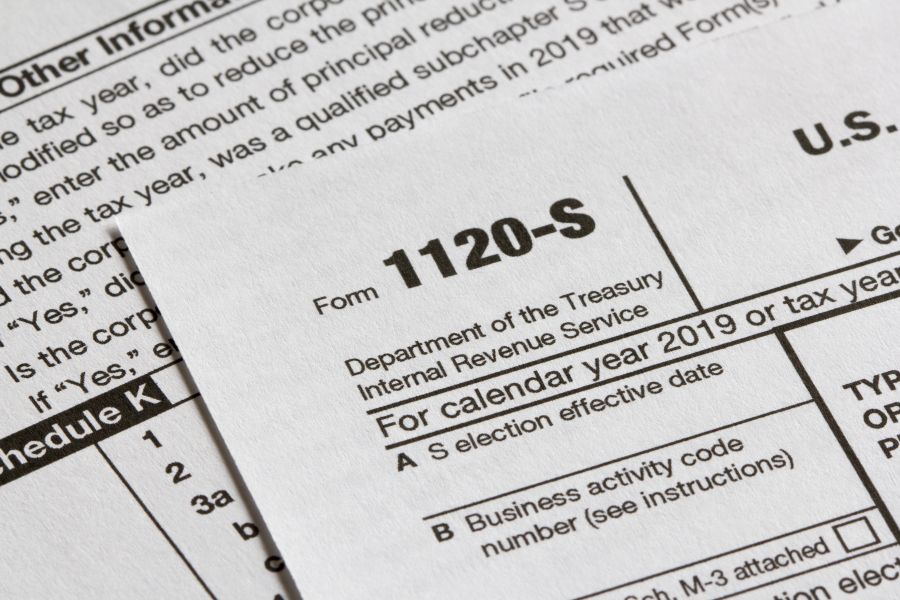Why What an S Corp Shareholder Receives and Reports is Different

You may have wondered why, in a given year, you may be taxed on more S corporation income than was distributed to you from the S corporation in which you are a shareholder.
The answers lies in the way S corporations and their shareholders are taxed. But before explaining those rules, be assured you that when you are taxed on undistributed income, you won’t be taxed again if and when the income ultimately is paid to you.
Unlike a regular or C corporation, an S corporation generally isn’t subject to income tax (California does charge a 1.5% entity-level tax). Instead, each shareholder is taxed on the corporation’s earnings, whether or not the earnings are distributed. Similarly, if an S corporation has a loss, the loss is passed through to the shareholders. Various rules, however, may prevent a shareholder from currently using his share of the S corporation’s loss to offset other income.
Although an S corporation generally isn’t subject to income tax, it is treated as a separate entity for purposes of determining its income, gains, losses, deductions and credits. This makes it possible to pass on to shareholders their share of these items.
An S corporation must file an income tax return (Form 1120-S). On Schedule K of this form, the corporation separately identifies many items of income, deduction, credits, etc. This is so that each shareholder can properly treat items that are subject to limits or other rules that could affect their proper treatment at the shareholder’s level. Examples of such items include capital gains and losses, charitable contributions, and interest expense on investment debts. Each shareholder gets a Schedule K-1 showing his or her share of these items.
Basis and distribution rules ensure that shareholders aren’t taxed twice. A shareholder’s initial basis in his or her stock (the determination of which varies depending on how the stock was acquired) is increased by his or her share of the S corporation’s taxable income. When that income is paid out to shareholders in cash, they aren’t taxed on the cash if they have sufficient basis. Instead, shareholders merely reduce their basis by the amount of the distribution. If a cash distribution exceeds a shareholder’s basis, then the excess is taxed to the shareholder as a capital gain.
Example: Anderson and Baker each contribute $50,000 to form an S corporation. The corporation has $100,000 of taxable income in Year 1, during which it makes no cash distributions to Anderson or Baker. Each of them report $50,000 of taxable income from the corporation as shown on their K-1s. Each has a starting basis of $50,000, which is increased by $50,000 to $100,000. In Year 2, the corporation breaks even (has zero taxable income) and distributes $50,000 to Anderson and a like amount to Baker. Anderson and Baker have no income from the corporation in Year 2. Plus, the cash distributed to them is received tax-free. Each of them, however, must reduce the basis in his stock from $100,000 to $50,000.
In reality, the basis and distribution rules are far more complicated. For example, many other events require basis adjustments and there are a host of special rules covering distributions from an S corporation having accumulated earnings and profits from a tax year when it was a regular, or C, corporation.
(This is Blog Post #1177)


